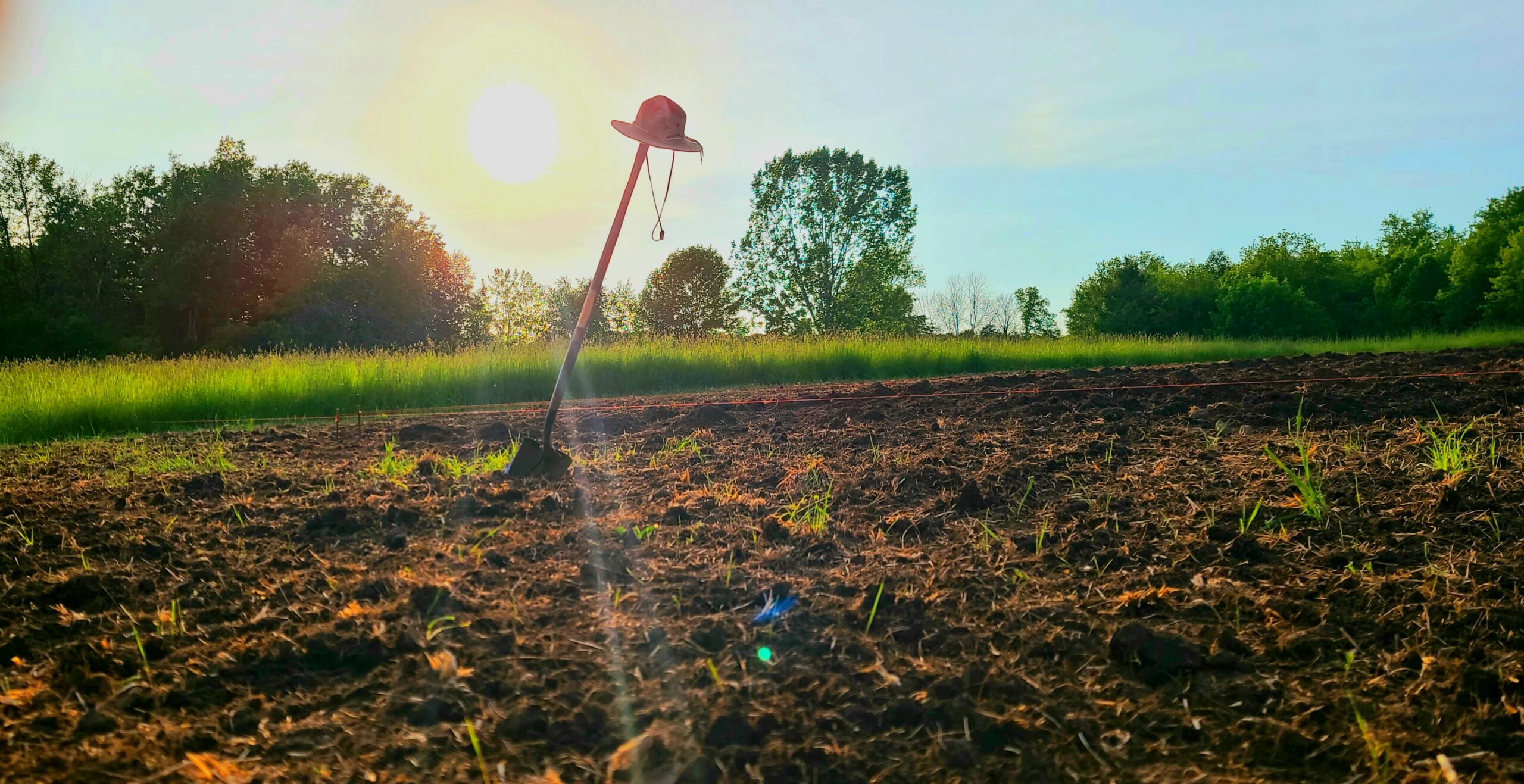Designing a garden is a fun and exciting endeavor.
Starting in the frigid month of February, planning your garden is a great way to get into the ‘spring’ frame of mind and help you get through the rest of winter thinking about the abundance of the summer.
While planning your garden on paper is a rewarding task, please keep in mind that your plan will most likely change when you put it into action in the spring. That’s ok. It’s a plan, and plans are meant to change as needed.
Unfortunately, we cannot control the weather, animals, or other variables that inevitably lead us to alter our plans.
The important thing is to plan. Start a plan. Decide what veggies you want to grow in your garden and go from there.
Gardening on paper is pretty fun and will help speed up the learning process, which will help you make better decisions in the long run.
However, gardens are biological, constantly growing, and evolving. This means that you must be flexible with how you use your plan and update it as your garden evolves.
If your garden plan is good and well thought out, most of what you plan will come to fruition and the simple act of designing your vegetable garden and creating a plan will make it easier to arrive at good decisions all season long and in years to come.
How Do You Lay Out A Perfect Garden?
In order to figure out the perfect layout for your garden, it’s important to ask yourself a few questions so you know what type of garden you want to be growing.
What Do You Want?
Write down what you want to accomplish with your garden.
Are you feeding yourself and your family only?
Do you want to grow extras for a roadside stand?
Want to have extra veggies for neighbours and extended family?
Get personal. What do you want for yourself?
For example:
I want to:
- Be able to work in the garden by myself
- Work in the garden 20 hours a week or less
- Make fresh salads daily from the greens I grow
- Have a strong relationship with the community
- Harvest extra produce for neighbours and friends
- Grow nutritious veggies naturally
Write down all your wants and move on to the next question.
What Do You Need?
This question refers to the minimum you require to be happy and get by.
For example:
- A plot of land
- Reliable water source
- Tools
- Time
What Do You Want to Do?
As in, what do you want to do on a day-to-day basis?
Brain dump as much as you want. Really think about what you want to accomplish with your garden and let ‘er rip!
You can plan out what you want to be doing in your garden on a daily basis, and set goals for the season, and even future seasons.
For example, here is a sample list of goals and accomplishments you may want to set for yourself.
Goals for daily work:
- Avoid using power tools
- Finish weeding by 12 pm
- Daily walk-through to assess progress
Goals for next season:
- Reduce the amount of time weeding
- Get trellises up sooner
- Start tomato plants indoors in February
Accomplishments from last season:
- Grew enough veggies to share with friends and neighbours
- Learned how to can tomatoes
- Made many jars of pickles for gifts at Christmas
What Do You Need To Make Your Garden Plan Work?
There are a few necessities to keep in mind when planning out your garden. Here are some things to consider:
Location
The garden should be conveniently located so that tending to weeds and harvesting is not a chore. You will also need to assess the type of soil you plan to grow in, how much sunlight the garden gets each day
Water
Irrigation takes a lot of water, so it’s important to plan the size of your garden based on the water sources available to you.
If you’re on well water, think about what you will do during a drought.
If you’re in town, how much will it cost to keep your veggies from drying out?
Infrastructure
Do you plan on using season extensions such as a greenhouse?
Do you have room to store excess crops?
Now that you have a good idea of the type of garden you would like to create, it’s time to design your garden!
I generally stick to the tried and true paper and pencil method. I draw out my garden to scale as much as possible and plan from there.
For those who prefer a digital touch to their planning, fear not, here are a few free garden layout planners to help you digitally visualize your garden plan.
The Old Farmer’s Almanac (only 7-day trial is free)
Summary
By answering each of the previous questions, you’ll come to a better understanding of the garden you want to create.
Keep in mind that there are no right or wrong answers here but the more complete your answers are, the better they’ll help you to avoid problems as you move forward.
A quick review:
What do you want? If everything were going perfectly, what would it look like?
What do you need? What is the minimum to make this work for you?
What do you want to do? What tasks do you enjoy doing on a daily/weekly/monthly basis? And what do you not want to do?
What infrastructure do you need to make your garden plan work? For example, a greenhouse, shed, or storage.
Have you planned out your garden yet? If so, what is a must-have for your garden?
My must-have for this season is growing lettuce. We have so many varieties of lettuce left over from previous years, that it is a must that I plant as much as my family, neighbours, and random strangers can eat!
Happy Gardening!



0 Comments